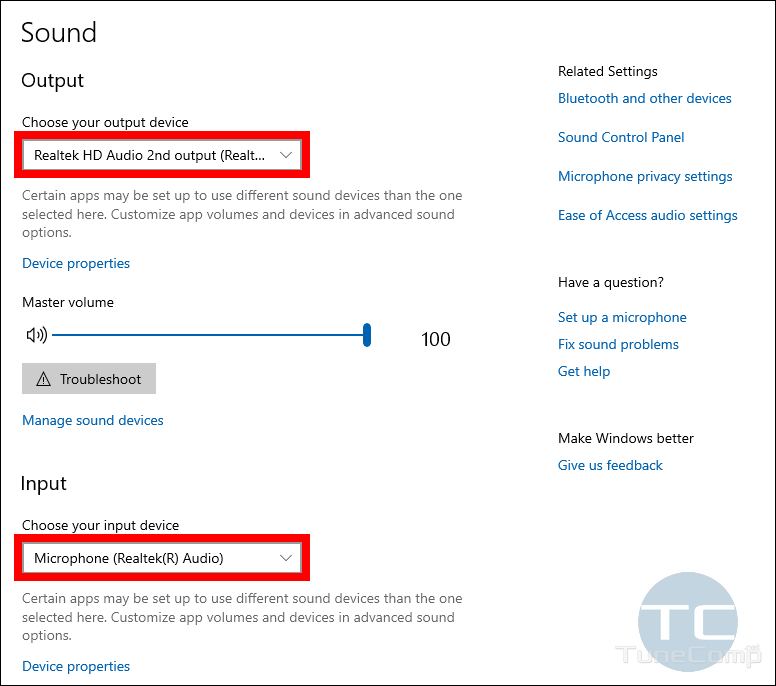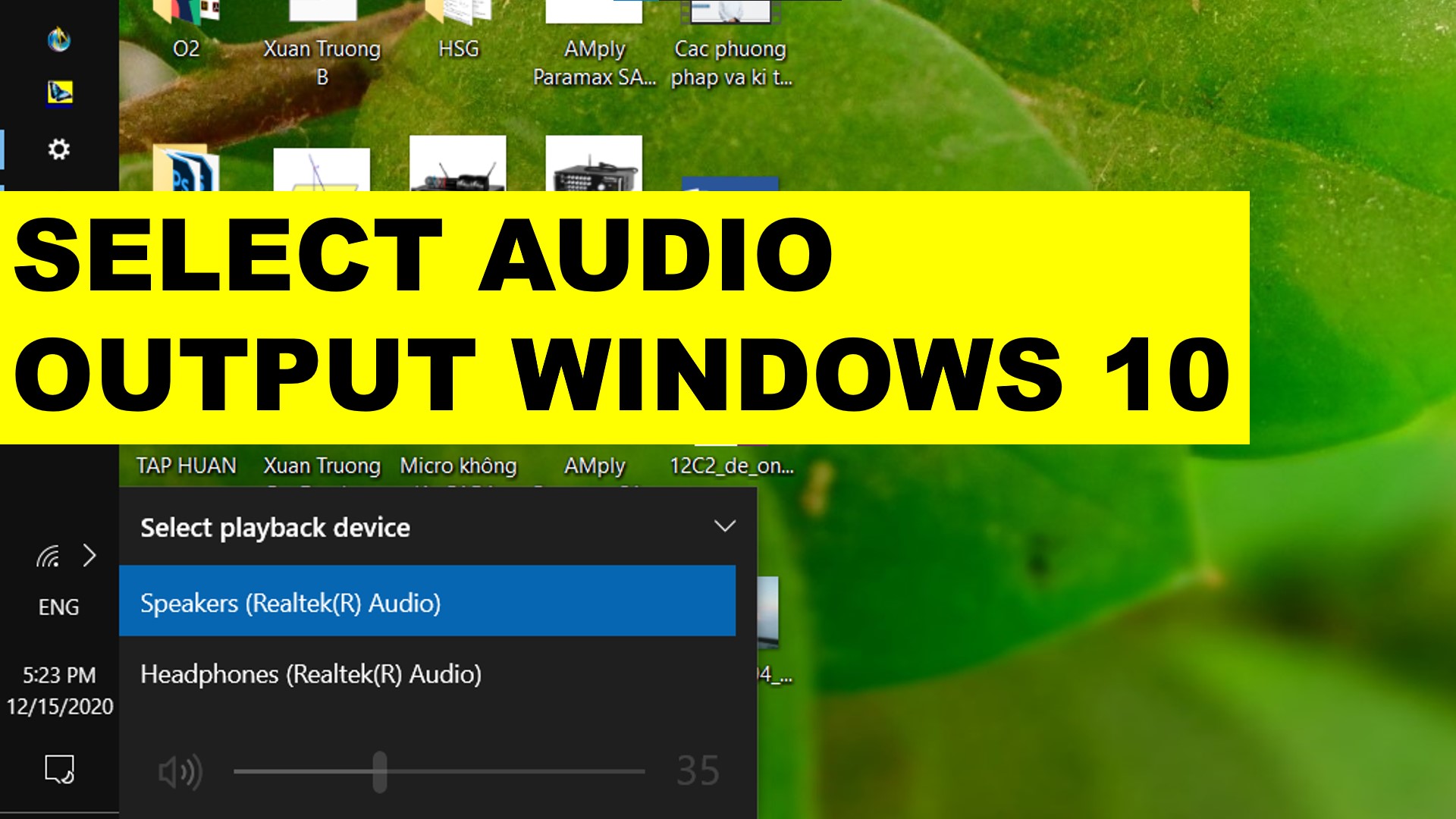

If you want to work with multiple apps simultaneously, the program mixes the signal together. This lets you transfer files from the recording or input port to the audio device. The actual audio transfer takes place in the ‘Audio Repeater’ application. Once you’re done with the configuration process, you need to access the audio-producing tool to choose a compatible playback device. Additionally, you can enable volume control, stream buffer watermark, channel mixing, etc. For example, you can modify the maximum number of instances, bits per sample range, channel number, and sampling rate. Virtual Audio Cable lets you configure various parameters for each cable. You can also check the number of streams and modify the worker thread priority and number. If you choose to add a new cable, it’s displayed as a new item in the monitoring window.

For instance, you can change the number of cables created by the audio software. It’s easy to play around with different parameters in the toolset. While some of the prominently displayed settings concern the audio driver, others refer to the cables. It’s highly recommended to read the documentation carefully. To use the program properly, you need to go through a steep learning curve. Although the customization options have been neatly placed in an intuitive interface, the application can be quite overwhelming for beginners. Once you install the application on your computer, you can access the control panel to configure different settings and parameters. Simply put, Virtual Audio Cable lets you build a music studio right on your Windows PC. The tool also offers protocol support, so you can have information on notification events.

When you use Virtual Audio Cable, you can mix low sound latency, control volume, manage channel scattering, and mix signals between output ports. Compared to OBS, Voicemeeter, and ASIO4ALL, this program offers several customization options, versatile features, and quick transfers. You can use Virtual Audio Cable for audio file transfers among sound editors, virtual synthesizers, sequencers, recorders, and other programs. Using the input port, an application like a music player records the audio signals and sends the message to a destination software program, such as a sound analyzer or processor. The tool package introduces the concept of ‘virtual cables’, which denotes a set of virtual devices containing output and input ports. While this program acts like a bridge, the applications are able to transfer audio streams among themselves. In simple terms, Virtual Audio Cable is a versatile audio driver specifically designed to connect multiple audio apps. For everything to work properly, the applications you use with Virtual Audio Cable should be able to support custom audio output devices. It’s important to understand, though, that the audio software’s efficiency depends on other apps’ settings.


 0 kommentar(er)
0 kommentar(er)
